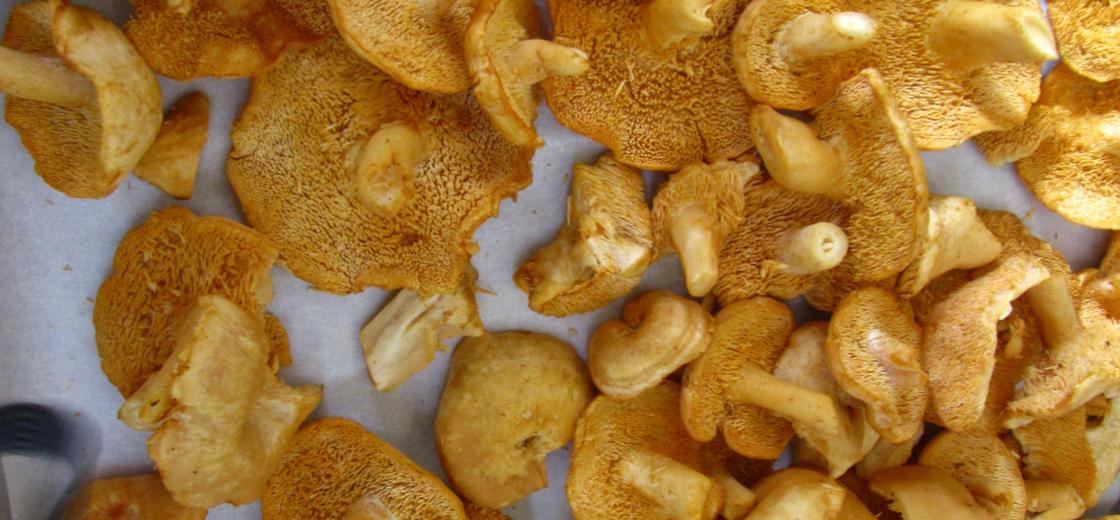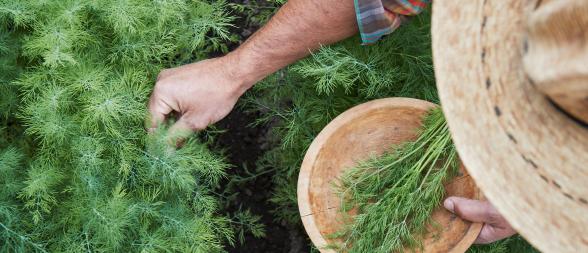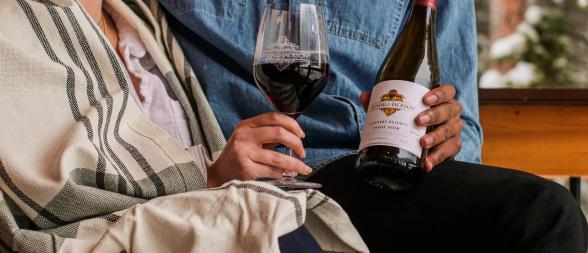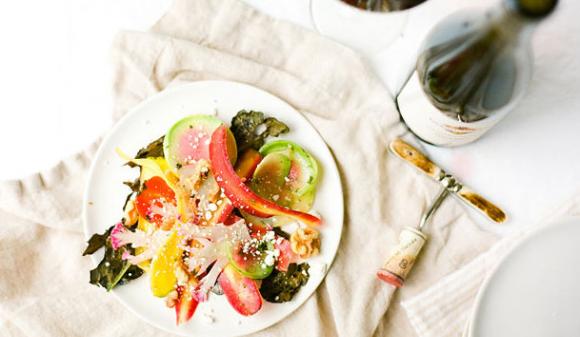
Cleaning Wild Mushrooms
Recently I was lucky enough to have Chef Andrei take me out on anther one of his mushroom foraging trips. He knows all the spots in the forest and I’ve never come away disappointed with our bounty. But don’t get me wrong, mushroom foraging can be hard, messy work. That’s why I asked Andrei to write about the proper way to clean these delectable treats from the forest floor. After all, you don’t want to spend all day hunting for mushrooms and then ruin your hard work by improperly cleaning them. – Justin
Foraging for wild mushrooms in our local forests has become a very popular activity for many people. For some it borders on obsession. During the winter months, whenever it rains, I imagine them growing and am drawn to the woods to search for these delicious “presents of the forest.”
Unfortunately, many people damage their harvested bounty by careless handling. Mushrooms are very delicate and are easily bruised or crushed. Care must be taken in picking, cleaning and transporting them from the forest to your kitchen. Proper storage, cooking and preservation techniques ensure that all your hard work does not go wasted.
When picking a mushroom, use a small knife to cut the stem and trim any debris or inedible parts. If most of the trimming is done in the field, your work will be much easier when you get the mushrooms home. Cutting the stem and avoiding disturbing the soil around the mushroom also prevents damage to the mycelium. This ensures future flushes of mushrooms in the same spot year after year.
Many people use plastic bags to carry their mushrooms because of the convenience, but they can crush the mushrooms if overfilled and handled roughly. Baskets are the traditional way of carrying the delicate fungi when foraging. Mushrooms should be refrigerated as soon as possible and should not be stored in a closed or plastic container. Paper bags or cardboard boxes covered with newspaper are good choices. This slows the deterioration of the mushrooms.
If you did a thorough job of cleaning and trimming in the woods, then the mushrooms might only need to be brushed gently with a pastry brush and given a final trim. If necessary, briefly rinse mushrooms under cold water to remove any remaining soil. Avoid soaking in water as they will absorb a lot and be difficult to sauté. If the mushrooms are very wet, it may be necessary to lay them out on sheet pans with paper towels and placed into the refrigerator overnight to remove some of the moisture before cooking. A small fan also works well for drying.
Some mushrooms, such as black trumpets, have crevices that trap debris and can be much more work to clean. I gently tear the trumpets in half lengthwise to expose and remove any debris. A quick soak in water and a salad spinner to remove excess water usually works well. Occasionally, several soaks in fresh water are required. Make sure to use a large container with lots of water. Allow the debris to sink to the bottom of the container and gently lift the trumpets out of the water with a slotted spoon or your hands.
Once the mushrooms are clean and excess moisture has been removed, they should be cooked as soon as possible. My favorite way is to sauté them in a very hot pan with a little oil. Once they are nicely browned, add some butter, fresh thyme, minced shallots and season with salt and a little sherry vinegar. Enjoy!
 Chef Andrei Litvinenko is a graduate of the California Culinary Academy. He was born and raised in San Francisco in a Russian immigrant family. He grew up working in the family restaurant where he learned to appreciate eastern European cuisine,and grew to love cooking.
Chef Andrei Litvinenko is a graduate of the California Culinary Academy. He was born and raised in San Francisco in a Russian immigrant family. He grew up working in the family restaurant where he learned to appreciate eastern European cuisine,and grew to love cooking.





